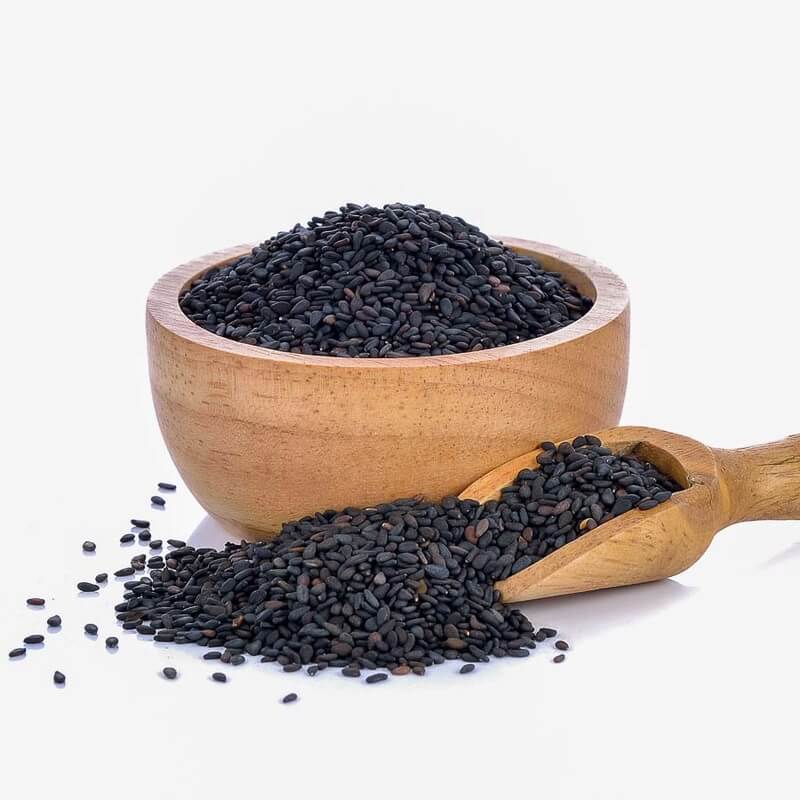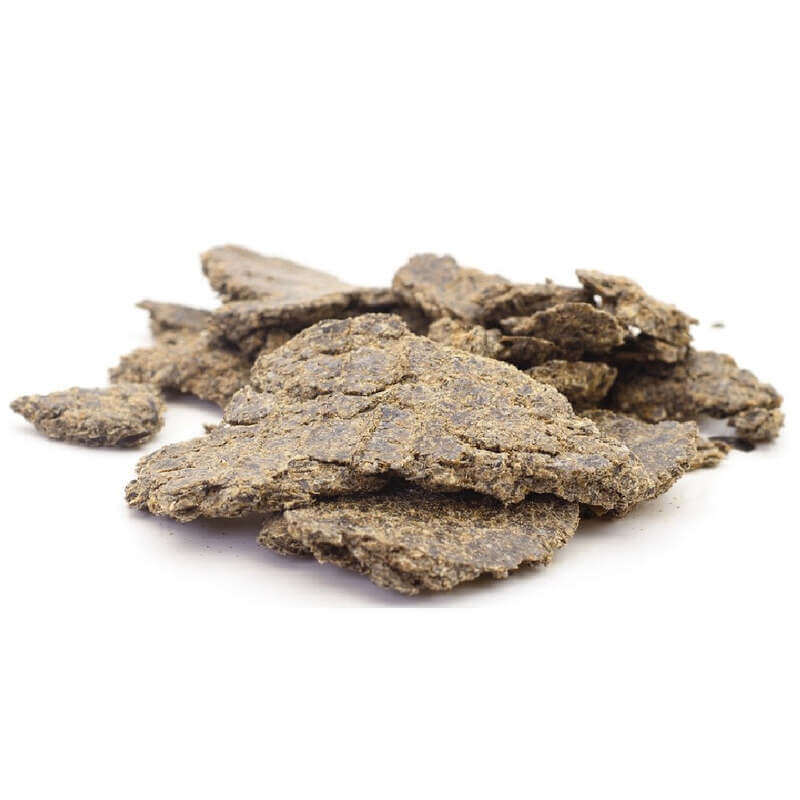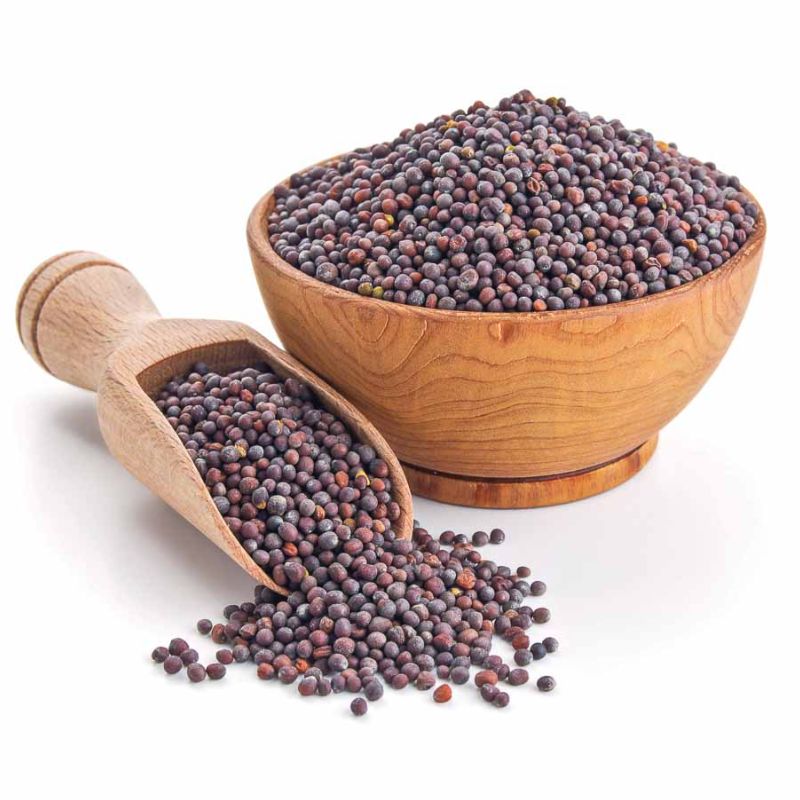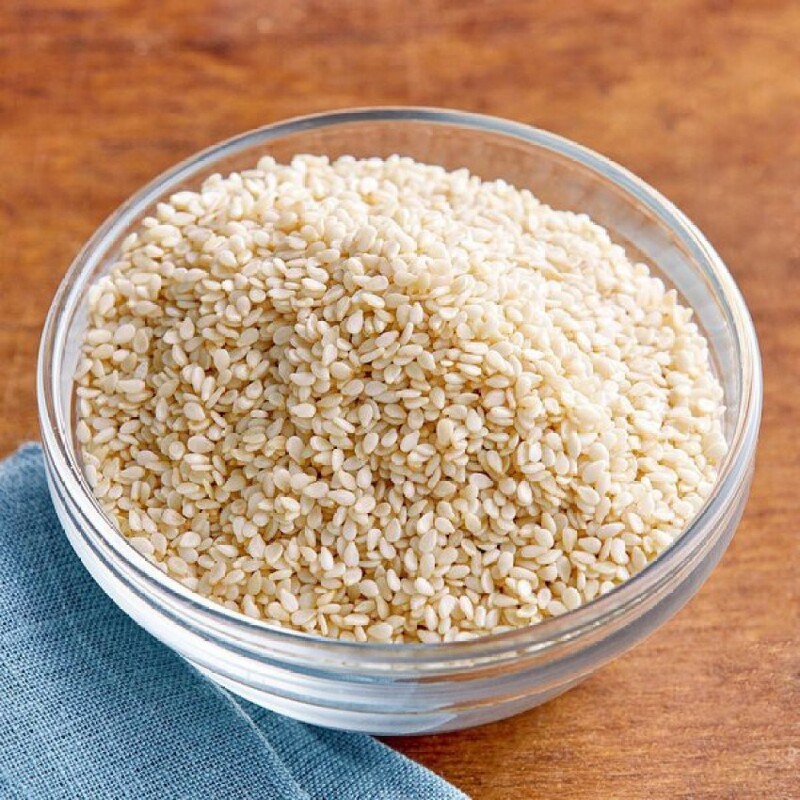Oil seed cake
Oil seed cake is a byproduct of oilseed processing, primarily derived from plants like soybeans, sunflowers, rapeseed (canola), cottonseeds, and more. These oilseeds are cultivated for their oil-rich seeds, but the remaining cake after oil extraction has valuable uses too.
₹1,000.00
Oil Seed Cake: A Comprehensive Overview
Plant Description: Oil seed cake is a byproduct of oilseed processing, primarily derived from plants like soybeans, sunflowers, rapeseed (canola), cottonseeds, and more. These oilseeds are cultivated for their oil-rich seeds, but the remaining cake after oil extraction has valuable uses too.
- Plant Size: The size of oilseed plants can vary widely depending on the type. For instance, soybean plants typically reach heights of 2-4 feet (0.6-1.2 meters), while sunflower plants can grow up to 12 feet (3.6 meters) tall.
- Plant Type: Oilseed plants belong to various botanical families, including Fabaceae (soybeans), Asteraceae (sunflowers), and Brassicaceae (rapeseed).
- Taste: Oilseed cakes themselves don’t have a pleasant taste; they are typically bitter or bland.
- Color: Oil seed cakes usually have a brownish to grayish color, depending on the type of seed and the extraction process.
Soil Type for Growth: Oilseed crops thrive in well-drained, loamy soils. However, specific soil requirements vary among different oilseed plants. Generally, they prefer soils with good fertility and adequate organic matter.
Regions of Production: Oilseeds are cultivated globally, but major producing countries include the United States, Brazil, Argentina, Canada, China, and India. In India, states like Madhya Pradesh, Maharashtra, and Rajasthan are prominent oilseed-producing regions.
Maturity Period: The maturity period for oilseed crops ranges from 80 days for some varieties of soybeans to 120-150 days for sunflowers, and up to 200 days for certain types of rapeseed.
Environmental Conditions: Oilseed crops typically require full sun and a temperate climate for optimal growth. Adequate rainfall or irrigation is essential during the growing season.
Physical Properties and Ingredients: Oil seed cake is a solid residue left after oil extraction from oilseeds. It typically contains:
- Protein: A valuable source of protein, making it suitable for animal feed.
- Fiber: Provides dietary fiber.
- Fat: Some residual oil content remains in the cake.
- Antinutritional factors: Some oilseed cakes contain compounds like phytates and glucosinolates, which need to be treated or balanced to improve digestibility and reduce their negative effects.
Shelf Life After Harvesting: Oil seed cakes have a relatively long shelf life when stored in dry and cool conditions. Properly stored, they can last for several months to a year.
Storage Conditions: To maintain the quality of oil seed cakes, store them in a cool, dry place in airtight containers to prevent moisture absorption and pest infestations.
Uses and Consumers:
- Animal Feed: Oil seed cake is a valuable source of protein and is commonly used in animal feed, particularly for poultry, livestock, and aquaculture.
- Fertilizer: It can be used as an organic fertilizer to enrich the soil with nutrients like nitrogen, phosphorus, and potassium.
- Biogas Production: Some oilseed cakes can be used as feedstock for biogas production.
- Food Industry: In some regions, oilseed cakes are used in human food products like protein-rich snacks and health foods.
- Pharmaceuticals: Oilseed cake extracts may have potential medicinal properties and find use in the pharmaceutical industry.
In summary, oil seed cake is a versatile byproduct of oilseed processing with various uses in agriculture, food, and industry. Its production and utilization play a significant role in global agriculture and the economy.







Reviews
There are no reviews yet.